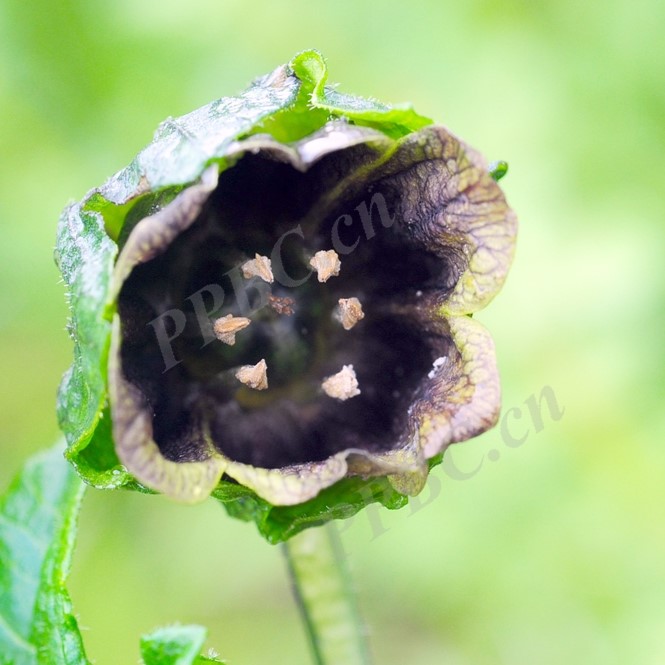Mandragora caulescens
Overview
| Genus | Mandragora |
| Species | caulescens |
| Common Name | Himalayan mandrake |
| Abbreviation | M. caulescens |
| Ploidy | Diploid |
| Chromosome Number | 2n = 48 |
| Genome Size | 750 Mb |
| Genome Assemblies | 1 |
| Cross Reference | NCBI taxon: 337183 |
Organism Image

Description
Mandragora caulescens, the Himalayan mandrake, is a perennial herbaceous plant in the family Solanaceae, native to the Himalayas and mountainous regions of Myanmar and south-west China. One of the differences from the other species of Mandragora is that it has a stem, whereas they are stemless. Like all species of Mandragora, it contains tropane alkaloids, making it toxic. It is used in traditional Chinese medicine.
S genes
Mandragora caulescens S genes
| Query | Chromosome | Size(bp) | Coordinates | BLASTn Hit | BLASTn %ID | Domain |
| SLF18 | Chr10 | 28671029 | 9671724-9672839 | Solanum tuberosum DM8.1, SLF18-2 | 83.7 | F-box domain |
| SLF15 | Chr17 | 25262060 | 18785245-18783980 | Solanum tuberosum DM8.1, SLF15 | 84.0 | F-box domain |
Downloads
The Mandragora caulescens S gene sequences are available in FASTA format.
| CDS and Protein (FASTA file) | S-gene_Mandragora_caulescens |
Publications
Yang J, Wu Y, Zhang P, Ma J, Yao YJ, Ma YL, Zhang L, Yang Y, Zhao C, Wu J, Fang X, Liu J. Multiple independent losses of the biosynthetic pathway for two tropane alkaloids in the Solanaceae family. Nat Commun. 2023 Dec 20;14(1):8457. doi: 10.1038/s41467-023-44246-3.